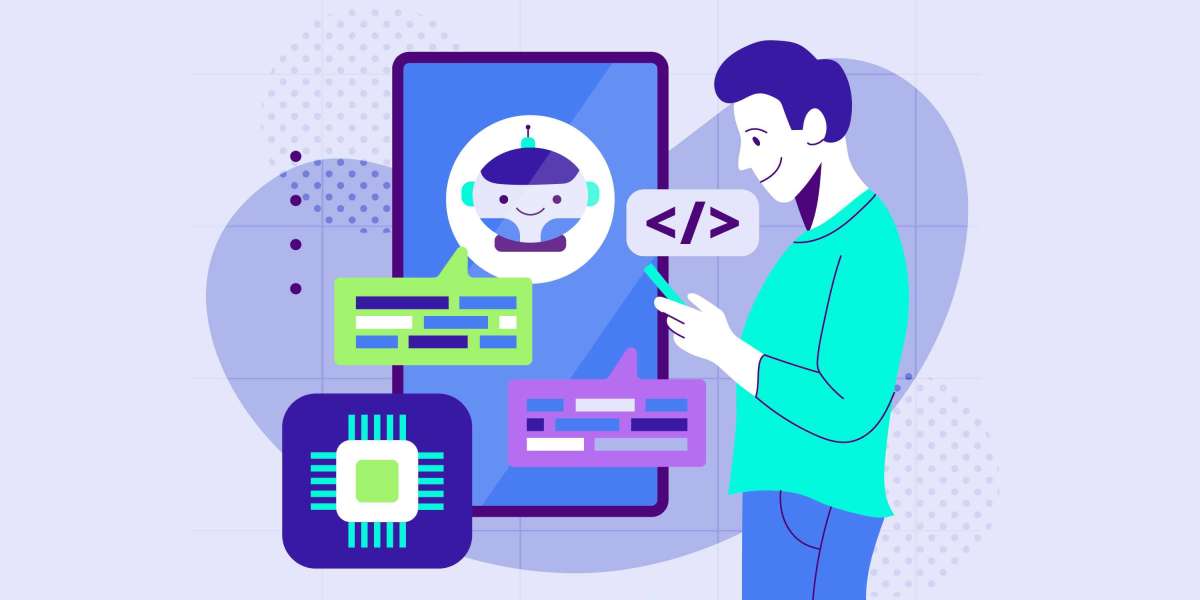Integrating custom AI into android app development services can significantly enhance your app's capabilities, providing personalized experiences and advanced functionalities that set your app apart from the competition.
This guide will walk you through the process of incorporating custom AI into your Android app, covering everything from planning and selecting tools to development and deployment.
1. Define Your AI Objectives
Before diving into the technical aspects, it's crucial to define what you want to achieve with AI in your app. Common objectives include:
- Personalizing user experiences through recommendations
- Automating customer support with chatbots
- Enhancing security with biometric authentication
- Analyzing user data for insights and predictions
Clearly defining your goals will guide the development process and help you choose the right tools and technologies.
2. Choose the Right AI Tools and Frameworks
For Android development, several tools and frameworks can help you integrate AI:
- TensorFlow Lite: A lightweight version of TensorFlow, optimized for mobile and embedded devices. It supports on-device machine learning.
- ML Kit by Firebase: A mobile SDK that provides pre-trained models and APIs for common tasks like text recognition, face detection, and image labeling.
- PyTorch Mobile: Another popular framework for deploying machine learning models on mobile devices.
These tools offer the flexibility to deploy custom AI models, either pre-trained or developed from scratch.
3. Prepare Your Data
Data is the backbone of any AI model. Collect and preprocess the data that your AI model will use for training. This could include images, text, user interactions, or other relevant data. Ensure your data is clean, well-labeled, and relevant to the task at hand. Common preprocessing steps include:
- Data Cleaning: Removing duplicates, filling missing values, and correcting errors.
- Data Labeling: Annotating data with labels for supervised learning tasks.
- Normalization: Scaling data to a standard range to improve model performance.
4. Develop and Train Your AI Model
Depending on your requirements, you can either use pre-trained models or develop custom models. For custom models:
- Select a Framework: Choose a framework like TensorFlow or PyTorch for developing your model.
- Design the Model: Create a neural network architecture tailored to your task.
- Train the Model: Use your prepared data to train the model. This involves feeding the data into the model, adjusting weights through backpropagation, and optimizing for accuracy.
For on-device models, TensorFlow Lite and PyTorch Mobile offer tools to convert trained models into formats optimized for mobile deployment.
5. Integrate the AI Model into Your Android App
After developing and training your AI model, the next step is integration:
- Add Dependencies: Incorporate necessary libraries into your Android project. For TensorFlow Lite, add the TensorFlow Lite dependency to your build.gradle file.
- Load the Model: Write code to load your AI model into the app. This usually involves reading the model file from assets and initializing the model interpreter.
- Run Inference: Use the model to make predictions on new data. For example, if you have a text classification model, feed user input into the model to get predicted categories.
6. Test and Optimize
Thoroughly test your AI integration to ensure it works correctly and efficiently. Monitor performance, accuracy, and user experience. Optimize the model and app code to reduce latency and resource consumption. Consider techniques like model quantization to reduce the model size without significantly affecting performance.
7. Deploy and Monitor
Once your app is ready, deploy it to the Google Play Store. After deployment, continuously monitor the app's performance and gather user feedback. Use this information to make necessary improvements and updates to the AI models and app functionality.
Conclusion
Integrating custom AI development services into your Android app development can elevate your app’s functionality and provide a competitive edge.
By carefully planning, choosing the right tools, preparing your data, developing and integrating the AI model, and thoroughly testing and optimizing, you can create an intelligent and responsive app that meets your users' needs.
As AI technology continues to advance, staying updated and continually enhancing your app's AI capabilities will be key to sustained success.








